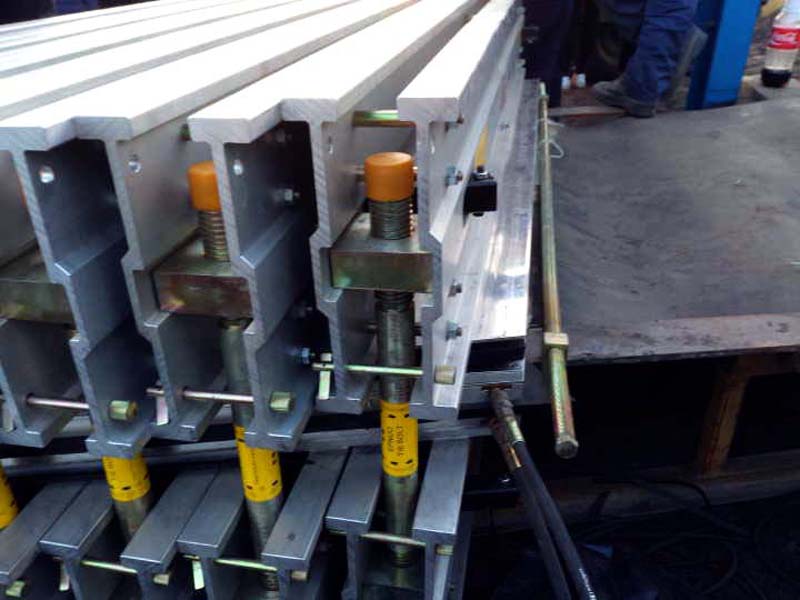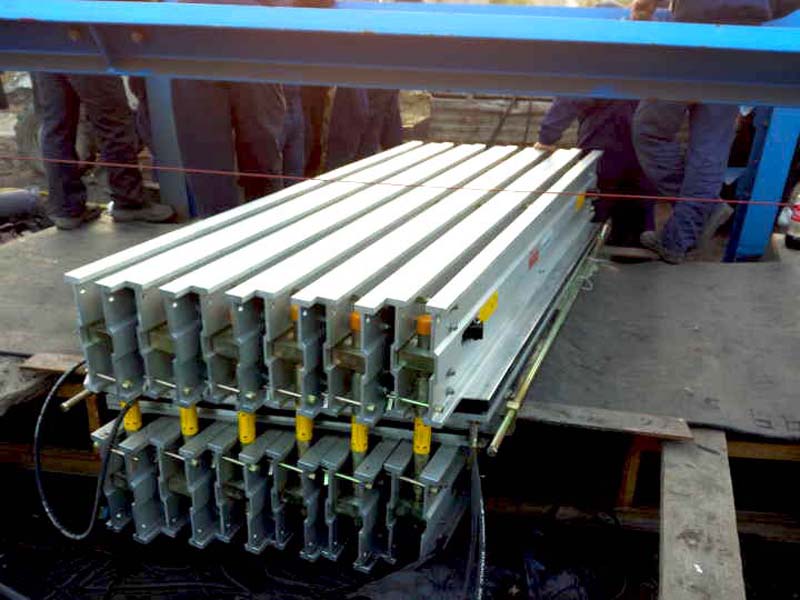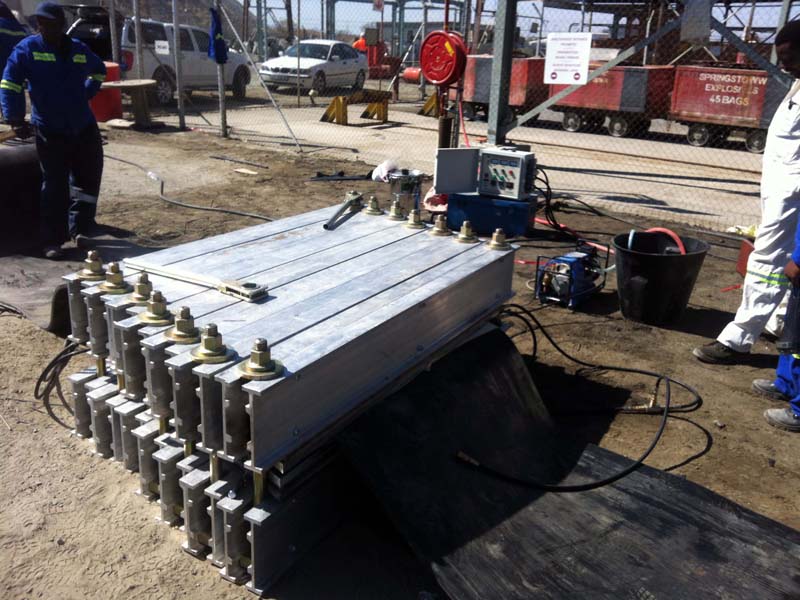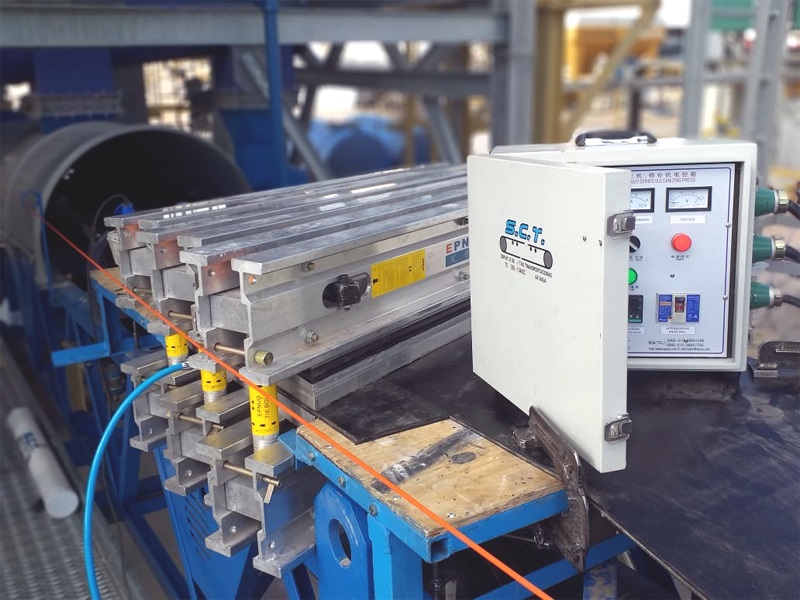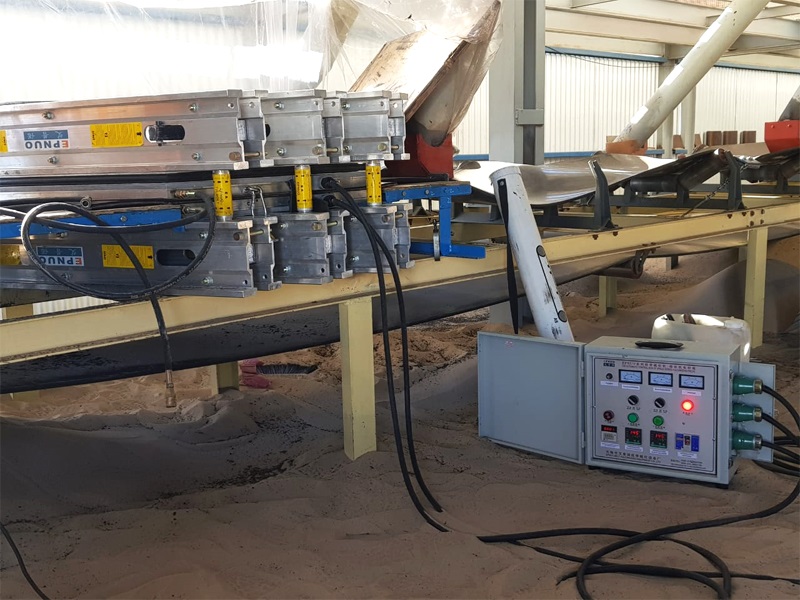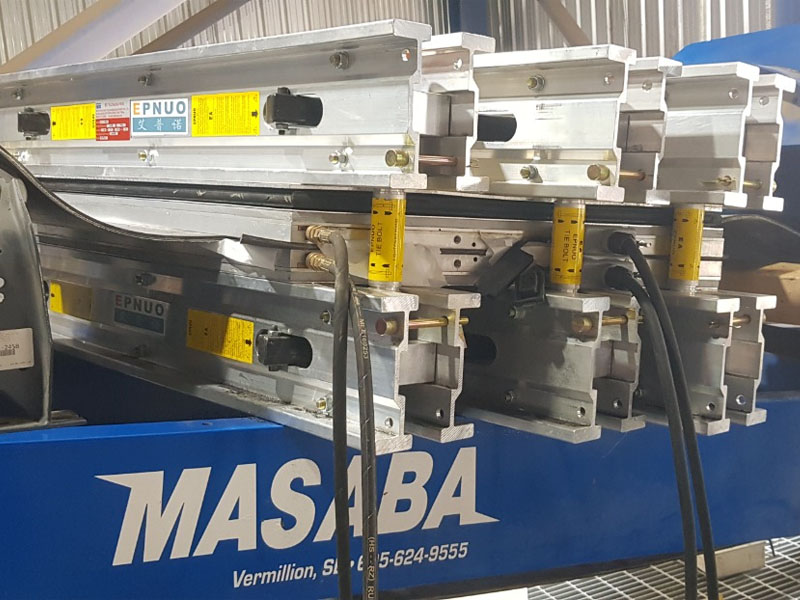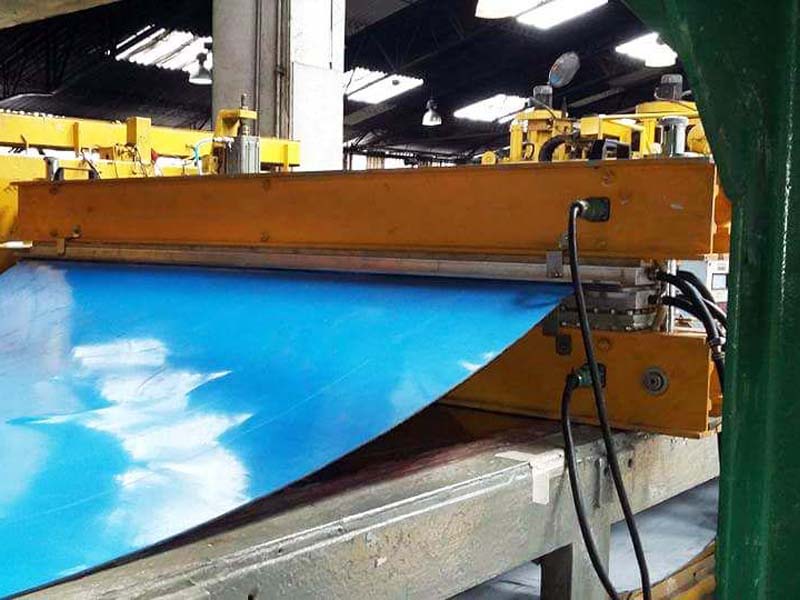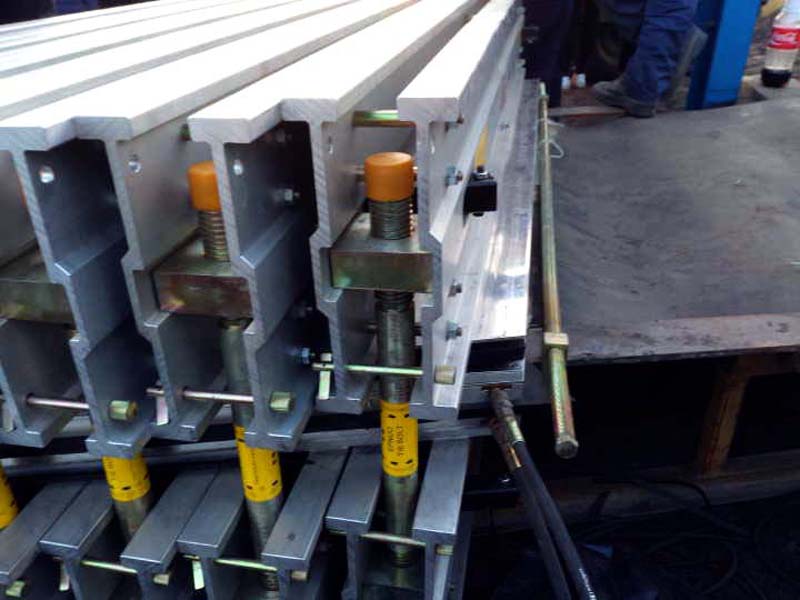What should be paid attention to in curing press temperature control?
1. Barrel temperature
The temperature to be controlled in the injection molding process includes the barrel temperature, nozzle temperature and mold temperature. The first two temperatures mainly affect the plasticization and flow of plastics, while the last temperature mainly affects the flow and cooling of plastics. Each kind of plastic has different flow temperature. The flow temperature and decomposition temperature of the same kind of plastic are different due to different sources or brands. This is due to different average molecular weight and molecular weight distribution. The plasticizing process of plastic in different types of injection machines is also different, so the selection of barrel temperature is also different.
2. Nozzle temperature
The nozzle temperature is usually slightly lower than the higher temperature of the barrel, which is to prevent the "salivation" that may occur in the straight through nozzle. The nozzle temperature shall not be too low, otherwise, the nozzle will be blocked due to the early setting of the melted material, or the performance of the product will be affected due to the injection of the early setting material into the mold cavity.
Vulcanizer manufacturer
3. Mold temperature
Mold temperature has a great influence on the internal properties and apparent quality of products. The mold temperature depends on the crystallinity of the plastic, the size and structure of the product, performance requirements, other process conditions, melt temperature, injection speed, injection pressure, molding cycle, etc.
Specifically, the vulcanizer manufacturer can install a fine filter at the pump oil suction port and oil outlet. The oil port should be a certain distance from the bottom of the oil tank to prevent the hard particles in the oil from pulling the sealing ring lip and sliding surface. High pressure fine filter shall be installed at the oil outlet to prevent the hydraulic system failure caused by dirt blockage. The hydraulic oil tank shall be equipped with a filter screen to remove the impurities not filtered by the return oil filter.
Before the installation of hydraulic components, check and remove the iron filings inside. Clean the sundries, check the hydraulic oil regularly, and immediately clean the system and change the oil in case of more foam, sediment, oil-water separation, etc. Before new oil is added to the oil tank, it should be discharged and precipitated, and then filtered before it can be added to the system. If necessary, an intermediate oil tank can be set to precipitate and filter the new oil to ensure the cleanliness of the oil.
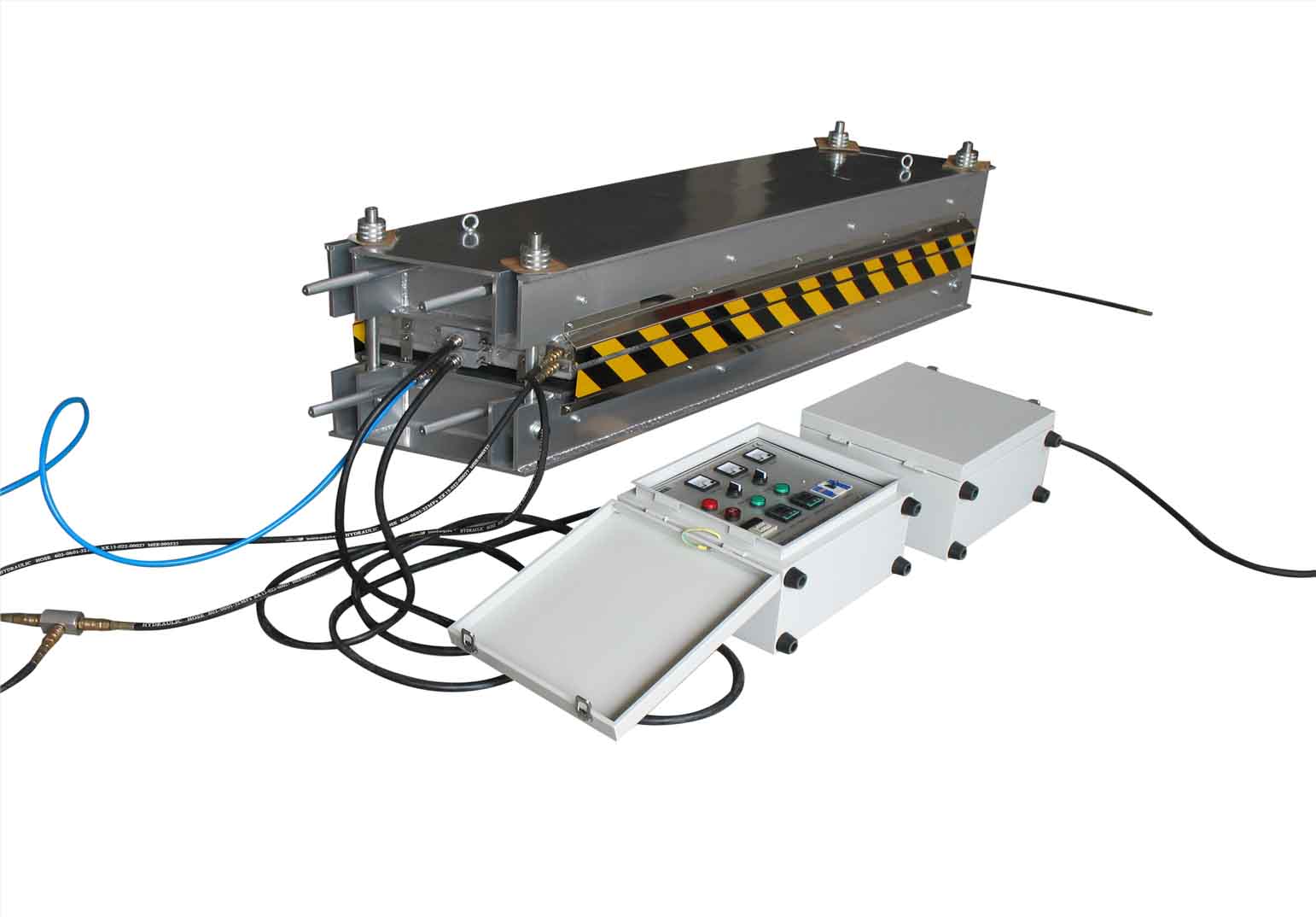

 英语
英语 英语
英语

